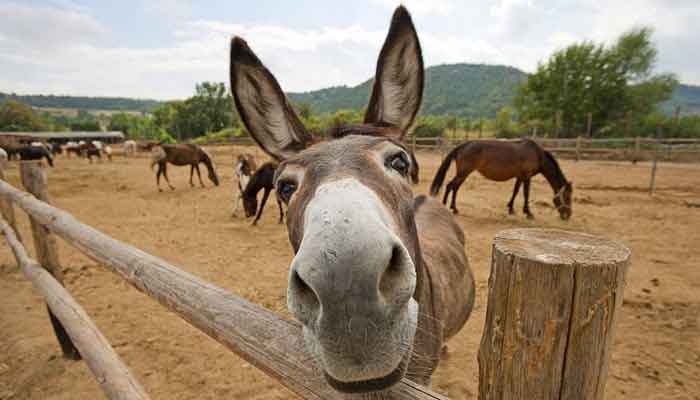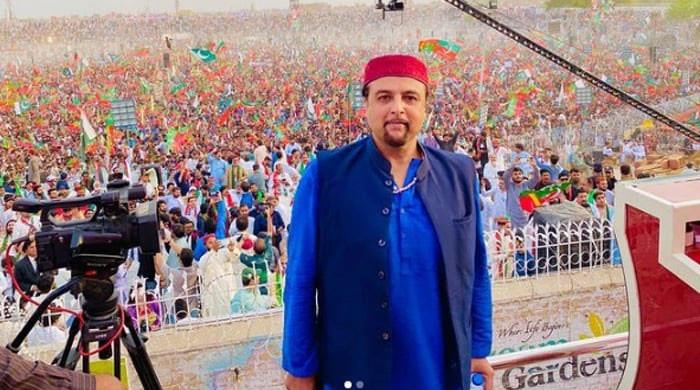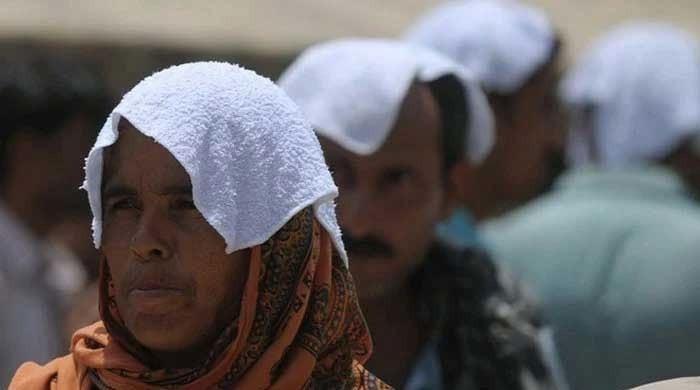Donkey population on the rise in Pakistan
Cattle population in the country has increased to 55.5 million, buffaloes to 45 million, sheep to 32.3 million, and goats to 84.7 million
June 08, 2023

ISLAMABAD: The population of donkeys in the country has continued to grow and reached 5.8 million this year, revealed the Pakistan Economic Survey (PES) 2022-23.
The fresh data showed that the population of the "beasts of burden" has been increasing steadily during the past few years as there were 5.5 million of them in 2019-2020, 5.6 million in 2020-21 and 2.7 million in 2021-22.
According to the yearly report unveiled today by Finance Minister Ishaq Dar, the cattle population in the country has increased to 55.5 million, buffalo to 45 million, sheep to 32.3 million, and goats to 84.7 million.
There has been no change in the number of camels, horses mules for the last four years which remained at 1.1 million and 0.4 million, and 0.2 million respectively.
| Species | 2020-21 (mn) | 2021-22 (mn) | 2022-23 (mn) |
| Cattle | 51.5 | 53.4 | 55.5 |
| Buffalo | 42.4 | 43.7 | 45.0 |
| Sheep | 31.6 | 31.9 | 32.3 |
| Goat | 80.3 | 82.5 | 84.7 |
| Camels | 1.1 | 1.1 | 1.1 |
| Horses | 0.4 | 0.4 | 0.4 |
| Asses | 5.6 | 5.7 | 5.8 |
| Mules | 0.2 | 0.2 | 0.2 |
The livestock sector has emerged as the largest contributor to the agriculture sector, accounting for approximately 62.68% of the agriculture value added and 14.36% of the national GDP during FY2023.
It grew at 3.78% compared to 2.25% last year.
Animal husbandry is a critical economic activity for rural dwellers in Pakistan, with over 8 million families engaged in livestock production and deriving from 35 to 40% of their income from this sector.
The gross value addition of livestock has increased to Rs 5,593 billion in FY2023 from Rs5,390 billion in FY2022, indicating a growth of 3.8%.
Additionally, the net foreign exchange earnings of the livestock sector contribute around 2.1% of the total exports in the country.
The government has recognised the potential of this sector for economic growth, food security, and poverty alleviation in the country, and has accordingly focused on its development, it stated.
The overall strategy for livestock development revolves around promoting "private sector-led development with public sector providing enabling environment through various policy interventions".
Regulatory measures have been implemented to enhance per unit animal productivity by improving veterinary health coverage, husbandry practices, animal breeding practices, artificial insemination services, use of balanced ration for animal feeding, and controlling livestock diseases of trade and economic importance.











